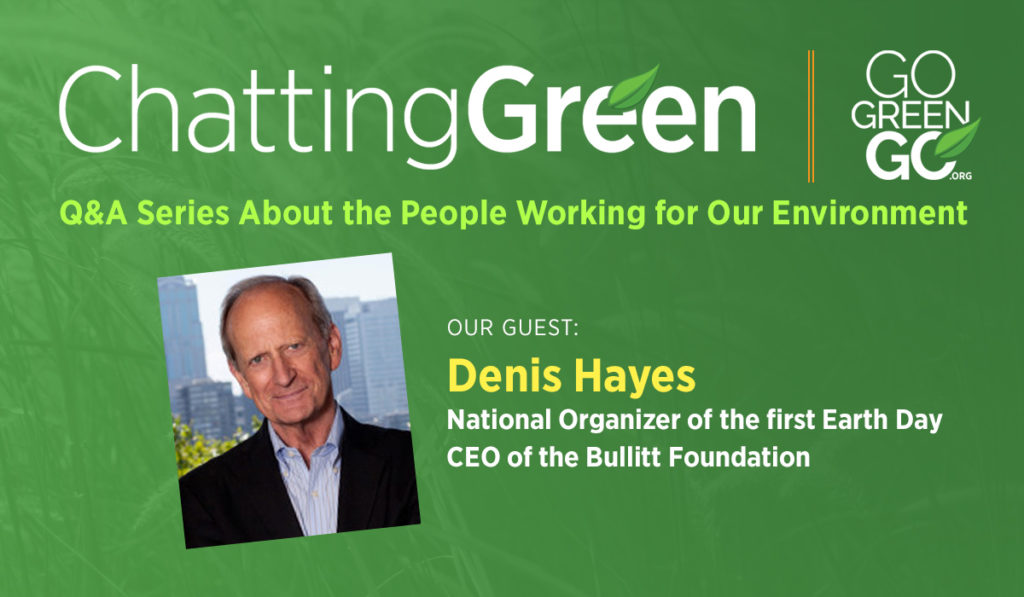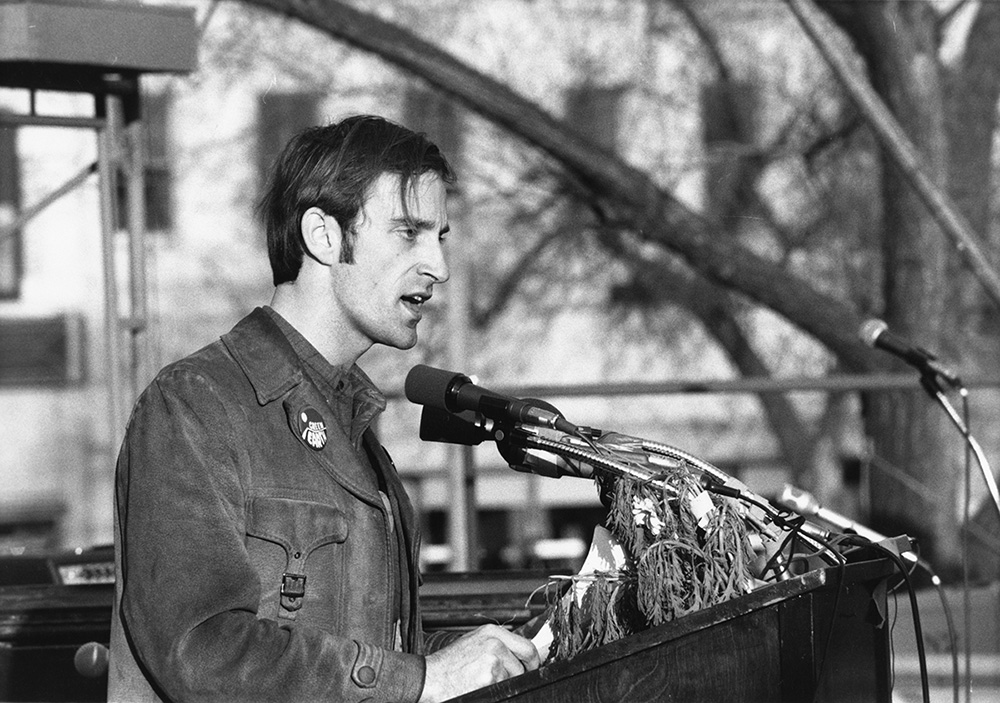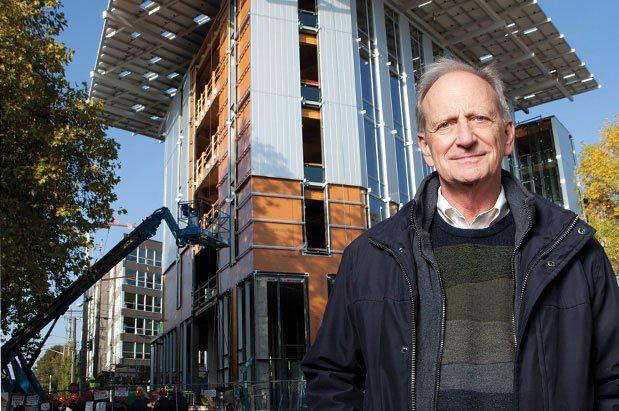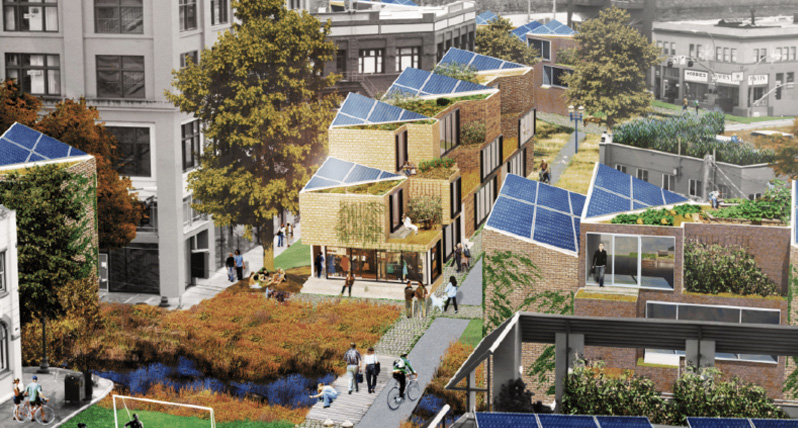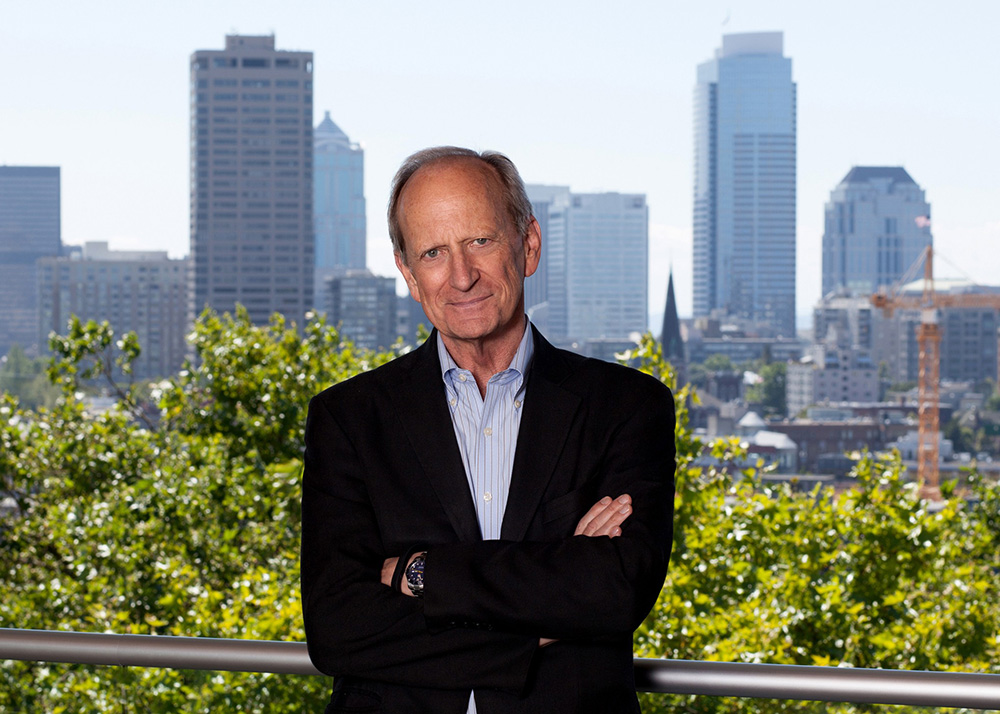The Pacific Northwest seems to be pretty progressive with their outlook on environmental and climate issues. In Ohio, on the other hand, our state government is a grossly gerrymandered, one-party super-majority, that has eliminated renewable energy standards while bailing out a failing fossil fuel energy company (ie. First Energy, HB6). Even still, we have many committed environmental advocates and organizations in Ohio, and renewable energy markets can’t be ignored forever. But our fight is definitely up hill. How do we progress in the face of such denial and obstinance?
The cities of the Pacific Northwest are pretty progressive by U.S. standards. But the rural areas of the NW, especially east of the Cascades, tend to be extremely conservative, and they have locked in substantial political power in the state legislature. The tensions are palpable, in part because the cities (with their Microsofts, Amazons, Starbucks, Boeings, Expedias, Nikes, Intels, etc.) pay the lion’s share of state taxes but the rural legislators resist urban initiatives. Washington has a Governor, Jay Inslee, who has won office three consecutive times on a platform dominated by climate concerns—but so far he has been unable to get any meaningful climate legislation through the state legislature. (As a consolation prize, though, President Biden has adopted all the key features of Jay’s climate platform, when he briefly ran for President!)
I have no simple silver bullet to offer Ohio, except what we’ve been saying for 50 years. Organize! Don’t spend most of your time chatting up your allies. Go outside your comfort zone and meet with those who have not already staked out their positions. Send your most knowledgable and articular members to give speeches to Rotaries, Chambers of Commerce, school boards, and every other potential audience — and gather names and email addresses afterward. Reach out of environmental clubs at colleges and universities, and find the people who are interested in community outreach.
Listen respectfully to anyone who will talk with you. Talk with them, don’t talk down to them. You might be appalled by demonstrably false Q-Anon propaganda they spout. Many of them won’t even talk with you. But when someone is willing to meet it usually means they are wiling to exchange thoughts.
Battling climate change—which could be have been cheap and relatively painless if Reagan had not killed all of President Carter’s initiatives around energy efficiency and renewable energy—is now going to be painful, expensive, and require decades. Coal miners with 8th grade educations have understandable fears about their futures and the welfare of their families. You need to be able to provide honest, persuasive, common sense answers.
Finally, of course, walk your talk. Try to lead a life of integrity that is congruent with your values and anticipates the future you want to build. I have never spoken with a climate denier who didn’t mention the corporate jets flying into Davos to bemoan global, or the thousands of delegates flying to climate COPS and being conveyed to their luxury hotels in stretch limos. Your opponents will be exquisitely sensitive to any hint of hypocrisy.
Organize! Don’t spend most of your time chatting up your allies. Go outside your comfort zone and meet with those who have not already staked out their positions.
Are there any environmental or climate projects, technologies or policies you are watching these days, that we should keep our eyes on?
Scores of them, ranging from mounting concerns over emerging viruses and antibiotic-resistant bacteria to the devastating losses of intact ecosystems and all the plants and animals that depend on them to the collapsing populations of so many pollinators. I’m an environmentalist; my list of environmental worries is endless. But let’s focus on climate and energy.
As a result of bold decisions by the Chinese and Europeans, the prices of solar modules and giant offshore turbines have fallen dramatically. The cost per watt of a solar panel today is 97 percent less than it was in the Carter Administration. Now we are seeing the beginnings of similar and performance curves with batteries and smart micrograms. I expect that quite rapidly the world will make a total transition to electric buses and electric delivery vans.
To achieve a truly rapid transition to deep green buildings, I think we will need a grassroots movement demanding very stringent building codes. Incentives and accolades are just too slow. 99 percent of the buildings in the world are built to meet building codes—meaning they are the worst building you can construct without breaking the law. We have to toughen those laws, and in the US that will be the result of local and state activism.
We are learning more and more about the interaction of the oceans with climate. Some geoengineering advocates want to shade the stratosphere so that we can move at a more measured pace in scaling back our consumption of fossil fuels, ignoring that the same CO2 is acidifying the oceans. And recent research suggests that bottom trawling is disturbing huge volumes of carbon previously requested in the ocean floor.
However, the big climate issue is the lack of any international consensus of what burdens will be borne by which nations in order to stand any chance whatsoever of holding global temperatures to no more than a 2 degree C rise over pre-industrial temperatures—and the utter lack of any credible enforcement mechanism. Voluntary commitments are obviously not the answer when we are asking nations to keep hundred of trillions of dollars worth of fossil fuels buried and unburned. We don’t have a credible enforcement for any environmental issue, including the proliferation of nuclear weapons. My guess is that it will need to be something drawing upon the mechanisms of the World Trade Organization, where truly painful international economic sanctions are imposed for violations of rules. Inside a country, something an EPA or a Department of Justice, can enforce anti-pollution laws. The challenge facing us—in the face of ever-increasing claims of sovereignty in this era of hyper-nationalism—is to devise an enforceable international climate strategy.
What gives you optimism for the future with regard to climate and environmental protections?
1. I suppose it’s fair the call me an optimist, but I’m a skeptical optimist.
2. We have faced serious challenges before and responded at scale. World War II, for example. Such a mobilization is possible when the overwhelming majority believe the threat is sufficiently dire. It is possible—it is not guaranteed!
3. Regardless of objectively reality, I will always force myself to be hopeful, because, in Darwinian terms, there is no survival advantage to pessimism.
